Home>Furniture & Design>Outdoor Furniture>How To Treat Untreated Wood For Outdoor Use
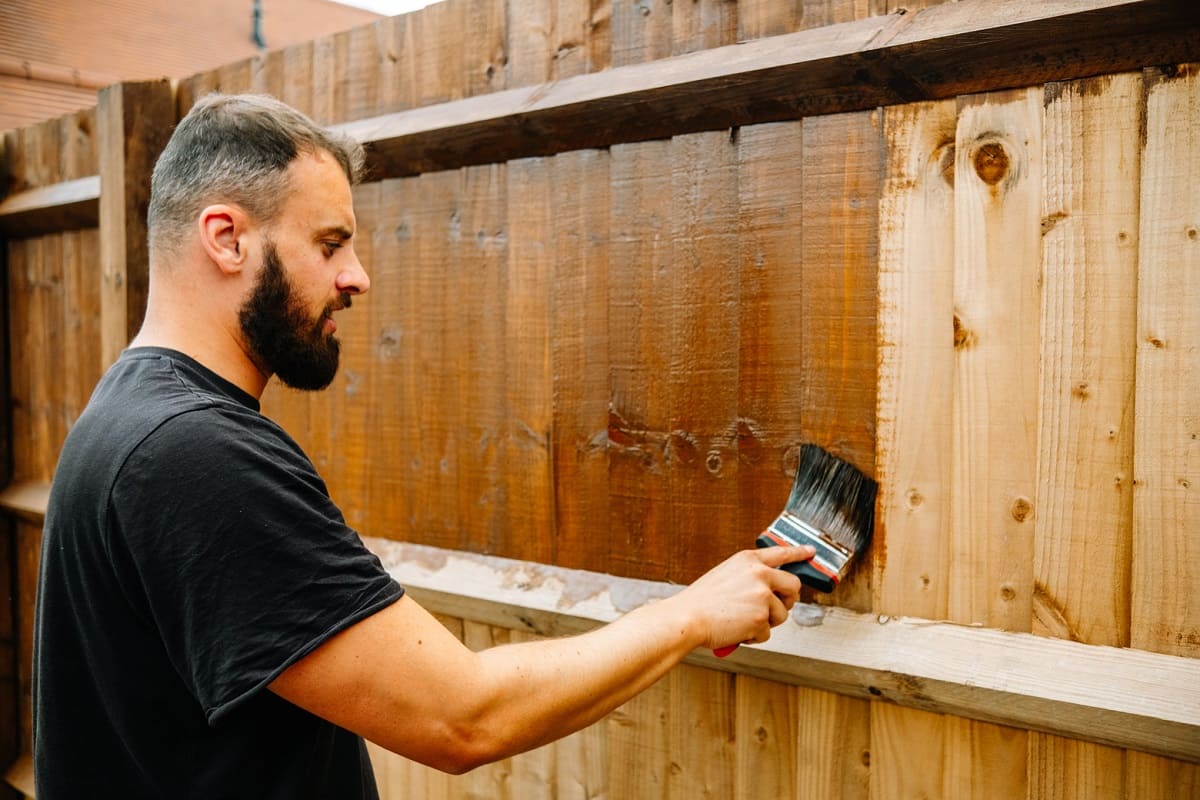

Outdoor Furniture
How To Treat Untreated Wood For Outdoor Use
Modified: October 25, 2024
Learn how to properly treat untreated wood for outdoor use and protect your outdoor furniture and design. Follow these tips for long-lasting results.
(Many of the links in this article redirect to a specific reviewed product. Your purchase of these products through affiliate links helps to generate commission for Storables.com, at no extra cost. Learn more)
Introduction
When it comes to outdoor furniture and design, untreated wood is a popular choice due to its natural beauty and versatility. However, using untreated wood for outdoor purposes comes with its own set of challenges. Exposure to the elements can lead to issues such as rot, decay, and insect infestation, ultimately shortening the lifespan of the wood.
Fortunately, with the right knowledge and treatment, untreated wood can be effectively protected and preserved for outdoor use. In this comprehensive guide, we will delve into the process of treating untreated wood for outdoor applications. From understanding the nature of untreated wood to selecting the appropriate treatment and application methods, this article will equip you with the essential information to maintain the beauty and integrity of your outdoor wooden furniture and structures.
So, whether you have a cherished wooden deck, garden furniture, or other outdoor wooden installations, read on to discover the steps to transform untreated wood into a durable and long-lasting outdoor feature.
Key Takeaways:
- Protecting untreated wood for outdoor use involves cleaning, sanding, and choosing the right treatment to prevent decay, insect damage, and moisture absorption, ensuring long-lasting durability and beauty.
- Regular maintenance, including cleaning, inspection, and reapplication of treatment, is essential to preserve the protective qualities and natural charm of treated wood in outdoor settings, prolonging its lifespan and visual appeal.
Understanding Untreated Wood
Untreated wood, also known as raw or natural wood, refers to lumber that has not undergone any form of chemical treatment or protective coating. This type of wood is often chosen for outdoor furniture and structures due to its authentic aesthetic appeal and cost-effectiveness. However, it is important to recognize the inherent vulnerabilities of untreated wood when exposed to outdoor conditions.
One of the primary characteristics of untreated wood is its susceptibility to moisture. When untreated wood is exposed to rain, snow, or high humidity, it can absorb water, leading to swelling, warping, and ultimately, structural damage. Additionally, prolonged exposure to moisture creates an ideal environment for mold, mildew, and rot to develop, further compromising the integrity of the wood.
Furthermore, untreated wood is at risk of insect infestation. Certain wood-boring insects, such as termites and beetles, are attracted to untreated wood, as it provides them with a viable food source and nesting grounds. Without proper protection, these pests can cause extensive damage to outdoor wooden furniture and structures.
Understanding the inherent vulnerabilities of untreated wood is crucial for implementing effective treatment and maintenance strategies. By recognizing the specific challenges that untreated wood faces in outdoor environments, you can take proactive measures to mitigate these risks and prolong the lifespan of your wooden outdoor installations.
Preparing the Wood for Treatment
Before applying any treatment to untreated wood for outdoor use, it is essential to properly prepare the wood surface to ensure optimal adhesion and effectiveness of the treatment. The following steps outline the preparatory measures for treating untreated wood:
- Cleaning: Begin by thoroughly cleaning the wood surface to remove any dirt, grime, and previous coatings. Use a mild detergent and water solution, along with a scrub brush or pressure washer, to clean the wood effectively. Allow the wood to dry completely before proceeding to the next step.
- Sanding: After the wood has dried, carefully sand the surface to smooth out any rough areas, splinters, or uneven spots. Use a medium-grit sandpaper to achieve a uniform and smooth texture, ensuring that the treatment will adhere evenly across the wood.
- Deburring: Inspect the wood for any protruding nails, screws, or sharp edges. Use a suitable tool to remove or hammer down any metal fasteners that could interfere with the treatment process or pose safety hazards.
- Protection: If the wood is in direct contact with the ground or concrete, consider elevating it using suitable supports to prevent moisture accumulation and promote air circulation. This step is particularly important for wooden furniture or structures in contact with the soil.
By meticulously preparing the untreated wood for treatment, you create a clean, smooth, and receptive surface that allows the treatment to penetrate and protect the wood effectively. These preparatory measures set the stage for the subsequent application of the chosen treatment, ensuring long-lasting durability and resilience against outdoor elements.
Choosing the Right Treatment
When it comes to treating untreated wood for outdoor use, selecting the appropriate treatment is crucial in determining the wood’s resistance to moisture, decay, and pests. Several treatment options are available, each offering distinct advantages and considerations:
- Wood Preservatives: Wood preservatives, such as copper-based compounds and borate treatments, are designed to protect untreated wood from decay and insect damage. These products penetrate the wood fibers, providing long-lasting protection against fungal decay and wood-destroying insects. Wood preservatives are particularly effective for outdoor structures, such as decks, fences, and pergolas.
- Waterproofing Sealants: Waterproofing sealants form a protective barrier on the wood surface, repelling water and preventing moisture absorption. These sealants are ideal for outdoor furniture, wooden planters, and other decorative wooden elements. They help prevent warping, cracking, and rot, extending the lifespan of the wood in outdoor environments.
- Oil-Based Treatments: Oil-based treatments, such as linseed oil and teak oil, are popular for enhancing the natural beauty of wood while providing some level of moisture resistance. These treatments penetrate the wood, nourishing and protecting it from the inside out. They are suitable for maintaining the appearance and integrity of wooden furniture and outdoor structures.
- Paints and Stains: Paints and stains not only add color and visual appeal to untreated wood but also offer protection against UV radiation and moisture. Exterior-grade paints and stains create a durable outer layer that shields the wood from the elements, making them suitable for outdoor furniture, wooden decks, and siding.
When choosing the right treatment, consider the specific requirements of your outdoor wooden installations, as well as the desired aesthetic and maintenance preferences. Additionally, ensure that the selected treatment is compatible with the type of wood being treated, as certain treatments may be better suited for hardwoods or softwoods. By carefully evaluating these factors, you can make an informed decision to effectively safeguard and enhance the natural beauty of untreated wood in outdoor settings.
To treat untreated wood for outdoor use, apply a water-repellent wood preservative to protect it from moisture and rot. Then, seal it with a UV-resistant outdoor wood finish to prevent sun damage.
Applying the Treatment
Once you have selected the appropriate treatment for your untreated wood, the next crucial step is the proper application of the chosen product. The following guidelines outline the recommended methods for applying treatments to untreated wood for outdoor use:
- Follow Manufacturer’s Instructions: Before application, carefully read and adhere to the manufacturer’s instructions provided with the chosen treatment product. This includes recommendations for surface preparation, application tools, safety precautions, and environmental conditions for optimal application.
- Even Application: Whether using a brush, roller, or sprayer, ensure that the treatment is applied evenly across the wood surface. Pay close attention to joints, end grains, and other vulnerable areas to guarantee comprehensive coverage and protection.
- Multiple Coats: Depending on the type of treatment and the porosity of the wood, multiple coats may be necessary to achieve the desired level of protection. Allow each coat to dry completely before applying the next, following the recommended intervals specified by the product manufacturer.
- Protect Surrounding Areas: When applying the treatment, take precautions to protect surrounding surfaces, vegetation, and objects from accidental overspray or drips. Use drop cloths or plastic sheeting to safeguard adjacent areas from potential staining or damage.
- Weather Considerations: Choose a suitable time for application, taking into account weather conditions such as temperature, humidity, and wind. Avoid applying treatments during rainy or excessively windy periods, as this can compromise the effectiveness of the application and the drying process.
By following these application guidelines, you can ensure that the chosen treatment is applied effectively and uniformly, maximizing its protective capabilities and enhancing the longevity of the untreated wood in outdoor environments. Proper application techniques contribute to the overall durability and aesthetic appeal of the treated wood, creating a resilient and visually appealing outdoor feature.
Read more: What To Use To Treat Wood For Outdoor Use
Maintaining Treated Wood
Once the untreated wood has been effectively treated for outdoor use, regular maintenance is essential to preserve its appearance and protective qualities over time. The following maintenance practices are recommended for ensuring the longevity and resilience of treated wood in outdoor settings:
- Cleaning: Periodically clean the treated wood surfaces to remove dirt, pollen, and other debris that can accumulate over time. Use a mild detergent and water solution, along with a soft brush or cloth, to gently clean the wood. Rinse thoroughly and allow the wood to dry completely.
- Inspection: Routinely inspect the treated wood for signs of wear, damage, or discoloration. Address any issues promptly to prevent minor concerns from escalating into more extensive problems. Pay attention to areas that are frequently exposed to moisture or high traffic.
- Reapplication of Treatment: Depending on the type of treatment used and the level of exposure to outdoor elements, periodic reapplication of the treatment may be necessary to maintain optimal protection. Follow the manufacturer’s recommendations for the frequency of reapplication to ensure continued effectiveness.
- Protection from Elements: Minimize prolonged exposure to harsh weather conditions by providing adequate shelter or using protective covers for outdoor furniture and wooden structures. This helps reduce the impact of UV radiation, moisture, and temperature fluctuations, prolonging the lifespan of the treated wood.
- Repair and Refinishing: Address any minor damage, such as scratches or small cracks, by sanding and refinishing the affected areas as needed. This proactive approach helps maintain the visual appeal and structural integrity of the treated wood, preventing issues from worsening over time.
By incorporating these maintenance practices into your regular outdoor care routine, you can uphold the protective qualities and aesthetic charm of the treated wood, ensuring that it remains a durable and visually pleasing addition to your outdoor space. Consistent maintenance not only extends the lifespan of the treated wood but also enhances its resistance to environmental stressors, allowing you to enjoy its natural beauty for years to come.
Conclusion
Transforming untreated wood into a resilient and enduring outdoor feature involves a combination of understanding its vulnerabilities, selecting the right treatment, and implementing proper maintenance practices. By recognizing the unique challenges that untreated wood faces in outdoor environments, you can take proactive measures to protect and preserve its natural beauty.
From cleaning and preparing the wood surface to selecting the appropriate treatment and applying it with precision, each step contributes to the overall durability and longevity of the treated wood. The choice of treatment, whether it be wood preservatives, waterproofing sealants, oil-based treatments, or paints and stains, plays a pivotal role in safeguarding the wood from moisture, decay, and pests.
Furthermore, ongoing maintenance, including regular cleaning, inspection, and reapplication of treatment as needed, ensures that the treated wood maintains its protective qualities and aesthetic appeal over time. By incorporating these maintenance practices into your outdoor care routine, you can uphold the resilience and visual allure of the treated wood, allowing it to withstand the rigors of outdoor exposure.
Ultimately, treating untreated wood for outdoor use is not just about enhancing its durability; it is about preserving the natural charm and character of wood in outdoor settings. Whether it’s a timeless wooden deck, a cozy garden bench, or an inviting pergola, treated wood adds a touch of warmth and organic beauty to outdoor spaces, creating a welcoming environment for relaxation and enjoyment.
So, whether you’re embarking on a new outdoor wood project or rejuvenating existing wooden installations, the knowledge and practices outlined in this guide empower you to transform untreated wood into enduring outdoor treasures that stand the test of time.
Frequently Asked Questions about How To Treat Untreated Wood For Outdoor Use
Was this page helpful?
At Storables.com, we guarantee accurate and reliable information. Our content, validated by Expert Board Contributors, is crafted following stringent Editorial Policies. We're committed to providing you with well-researched, expert-backed insights for all your informational needs.
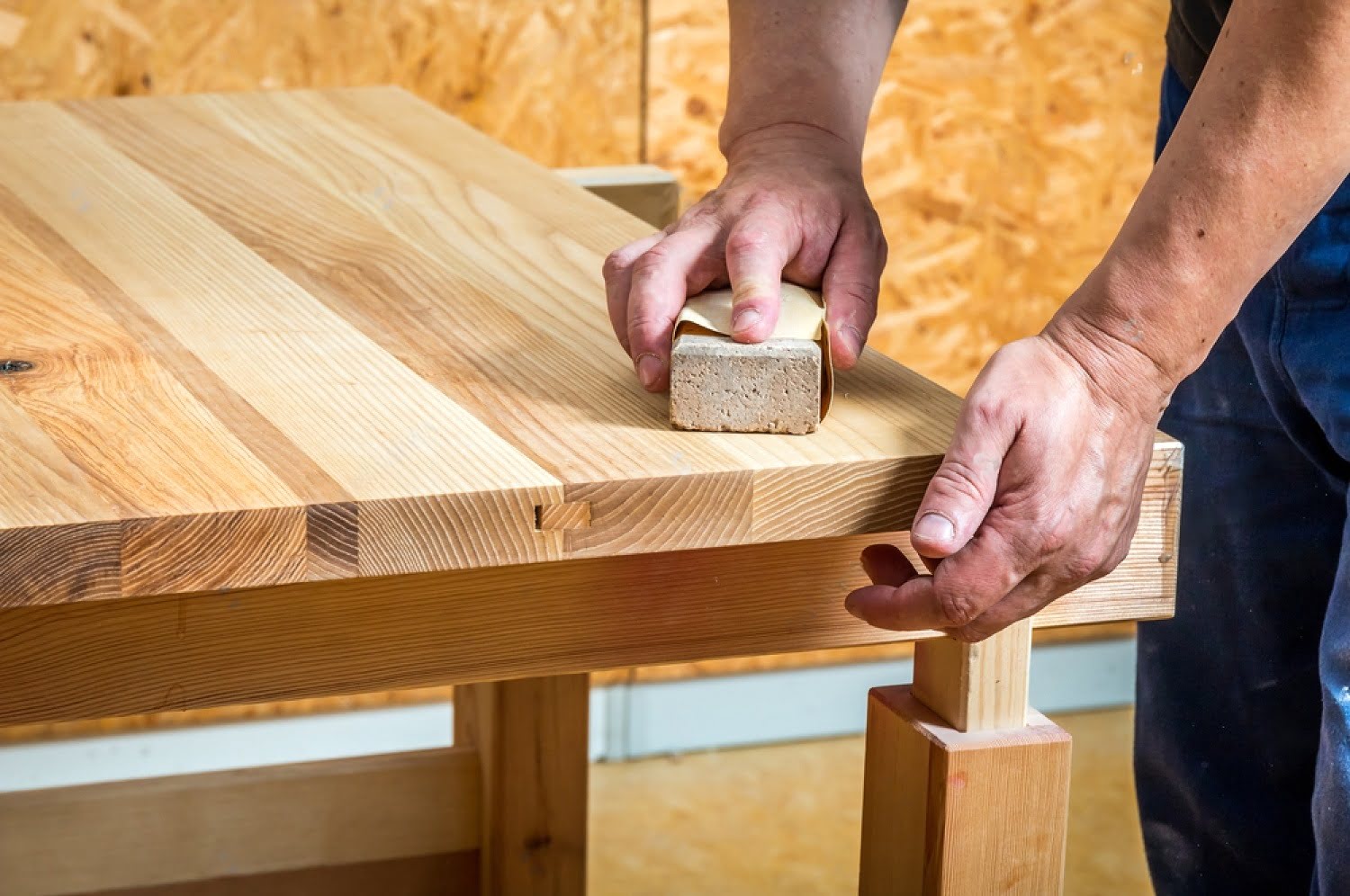
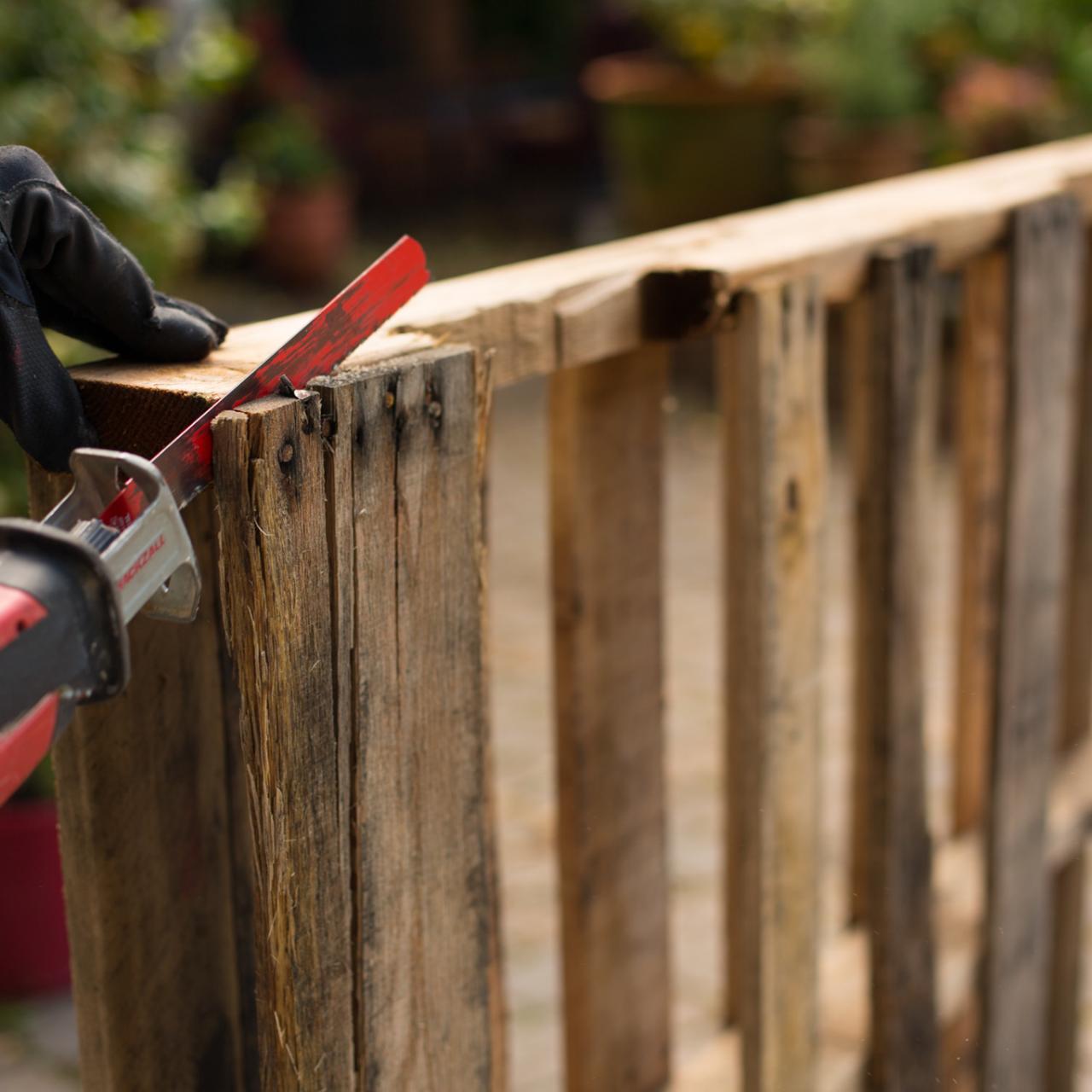
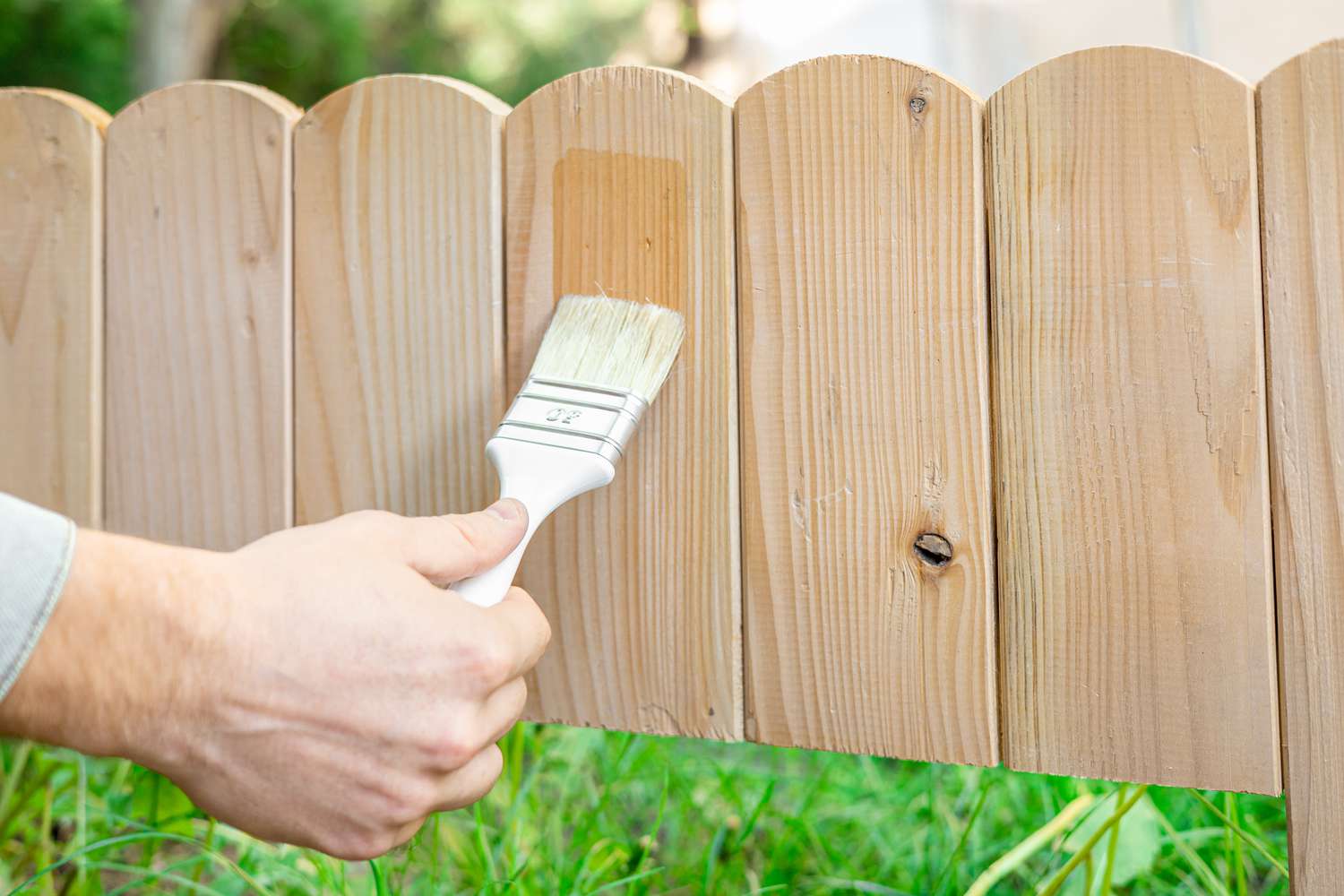
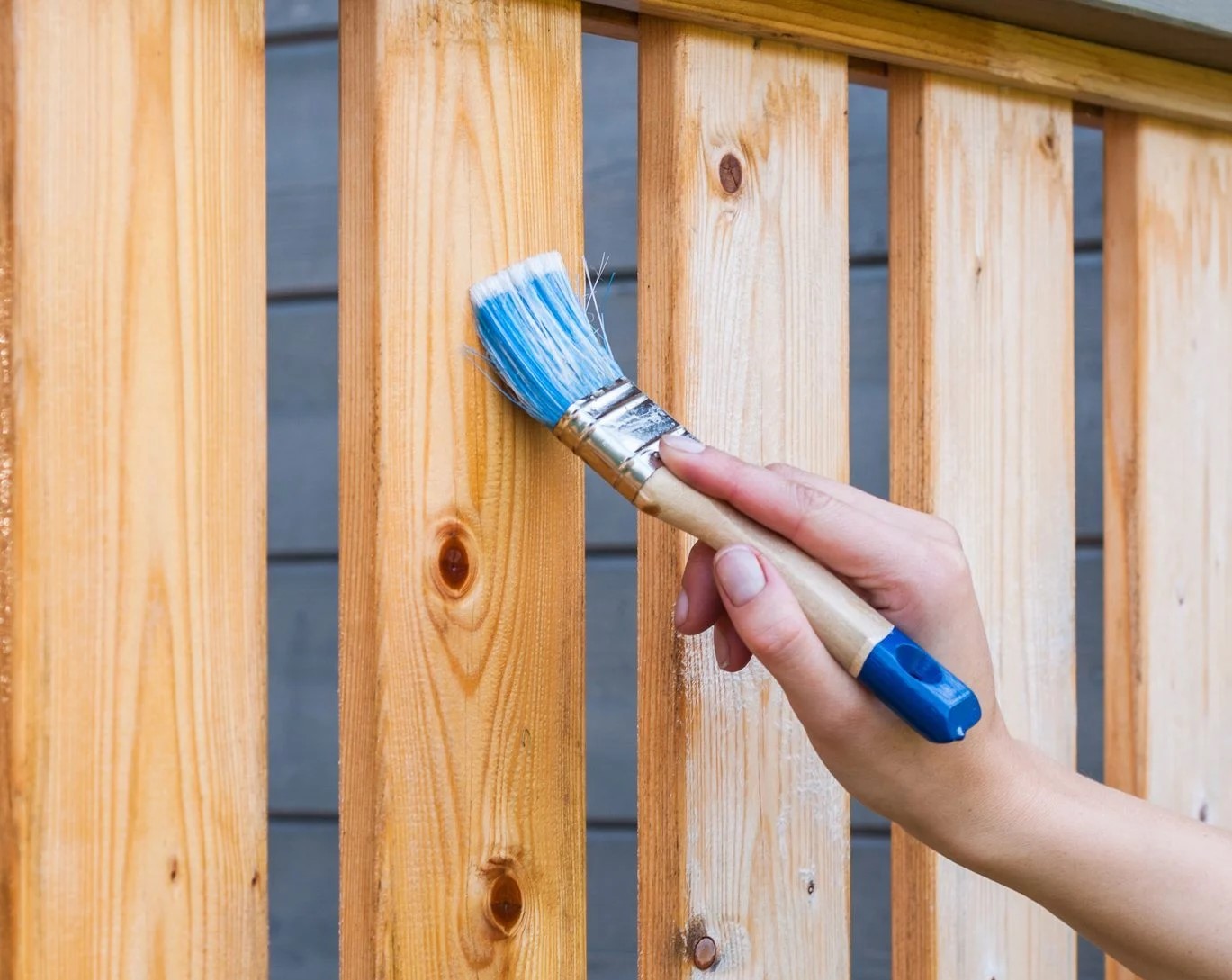

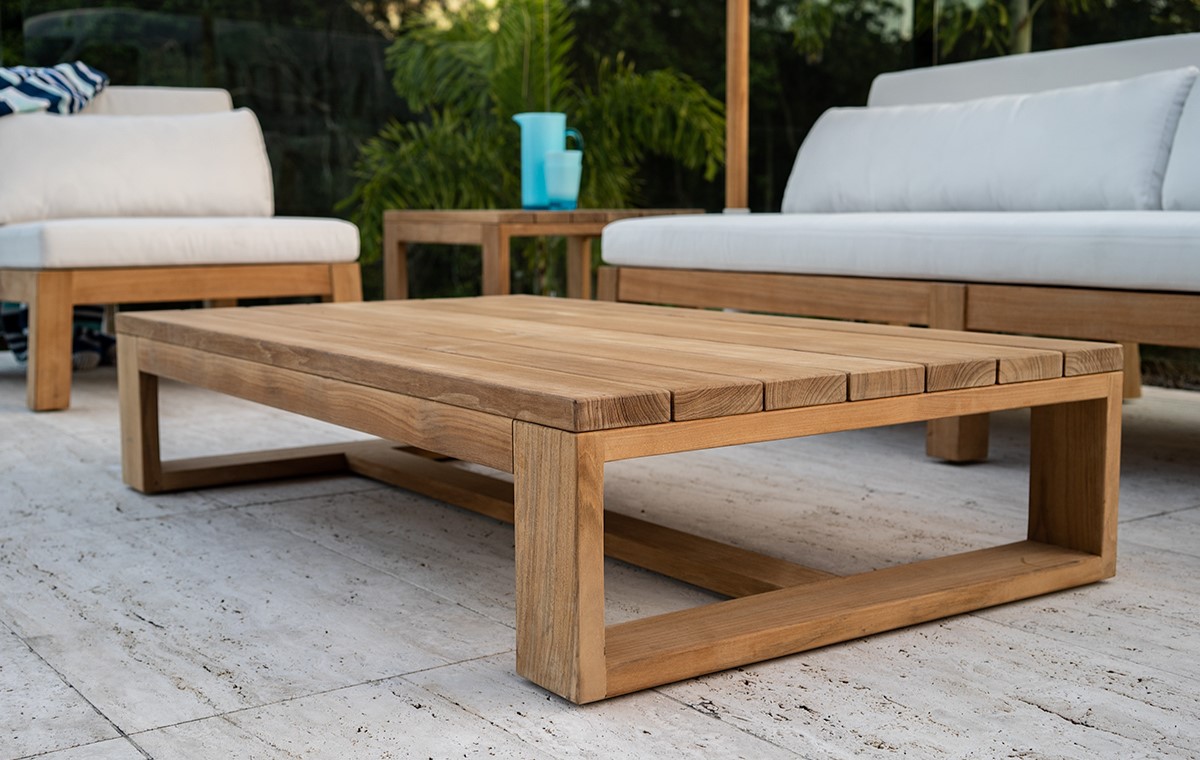
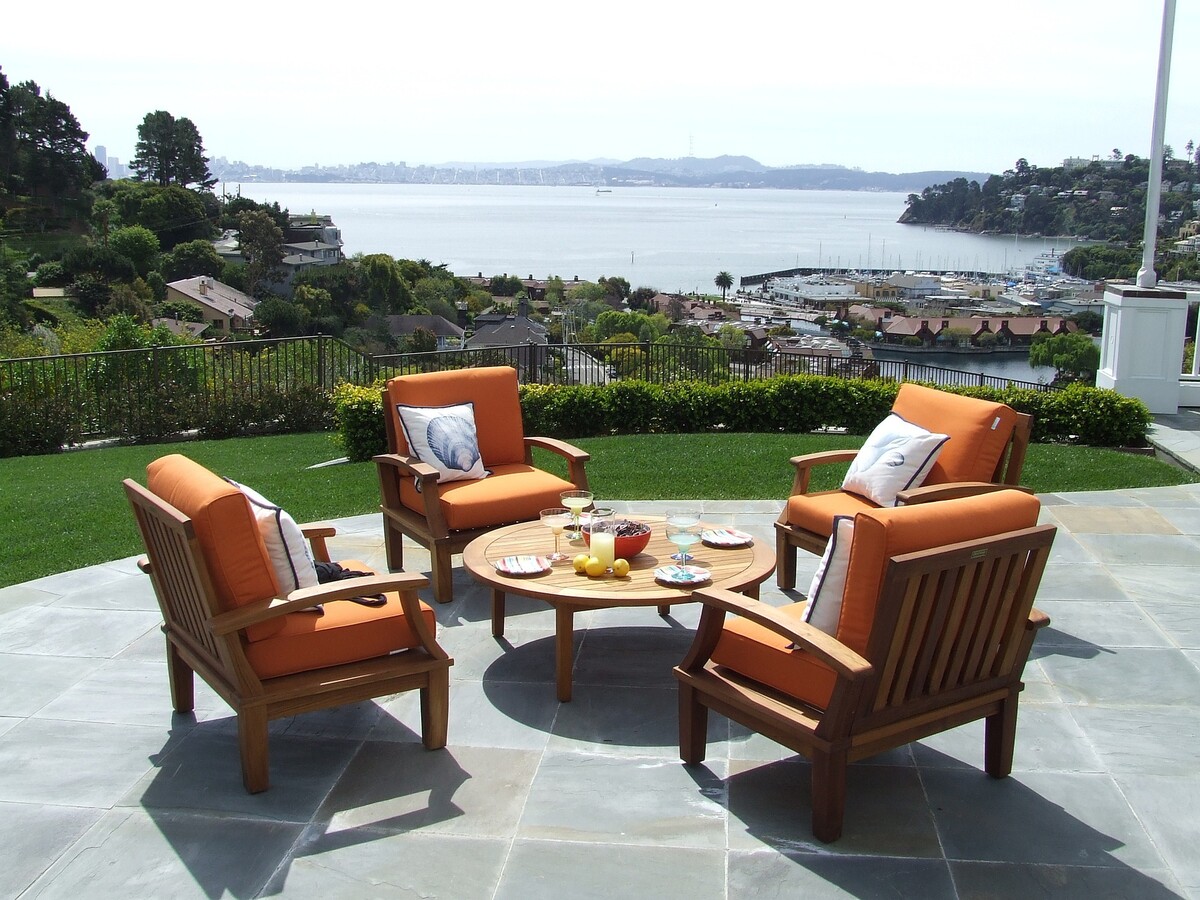
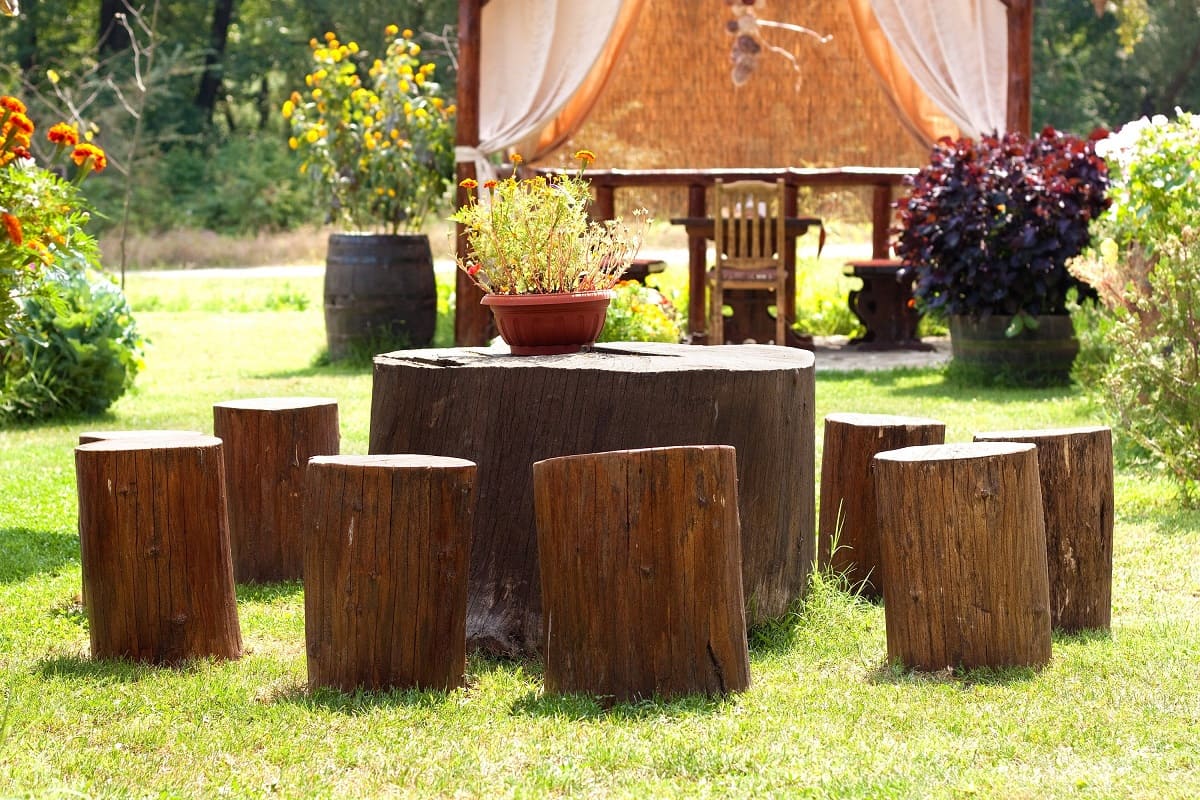
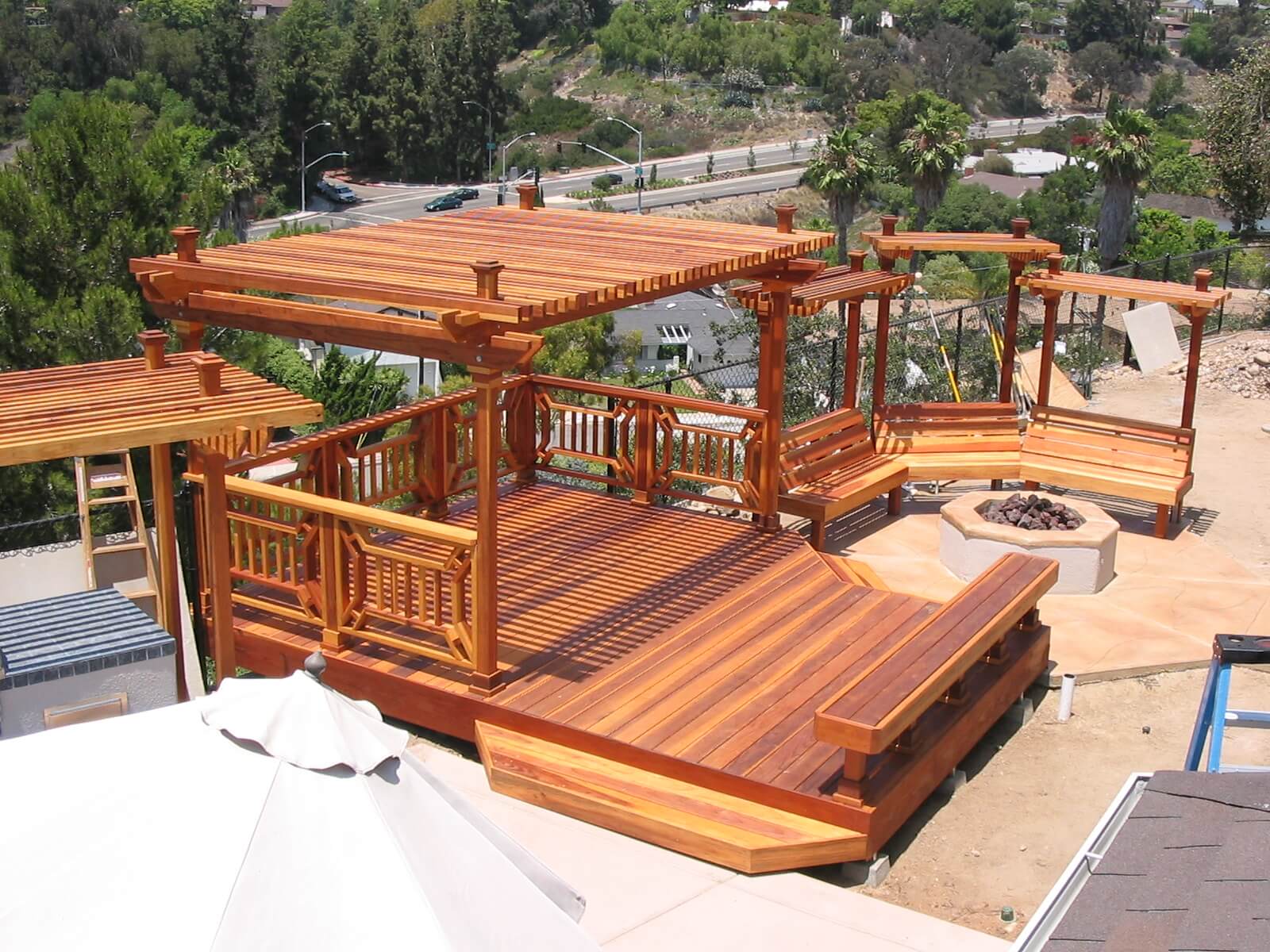
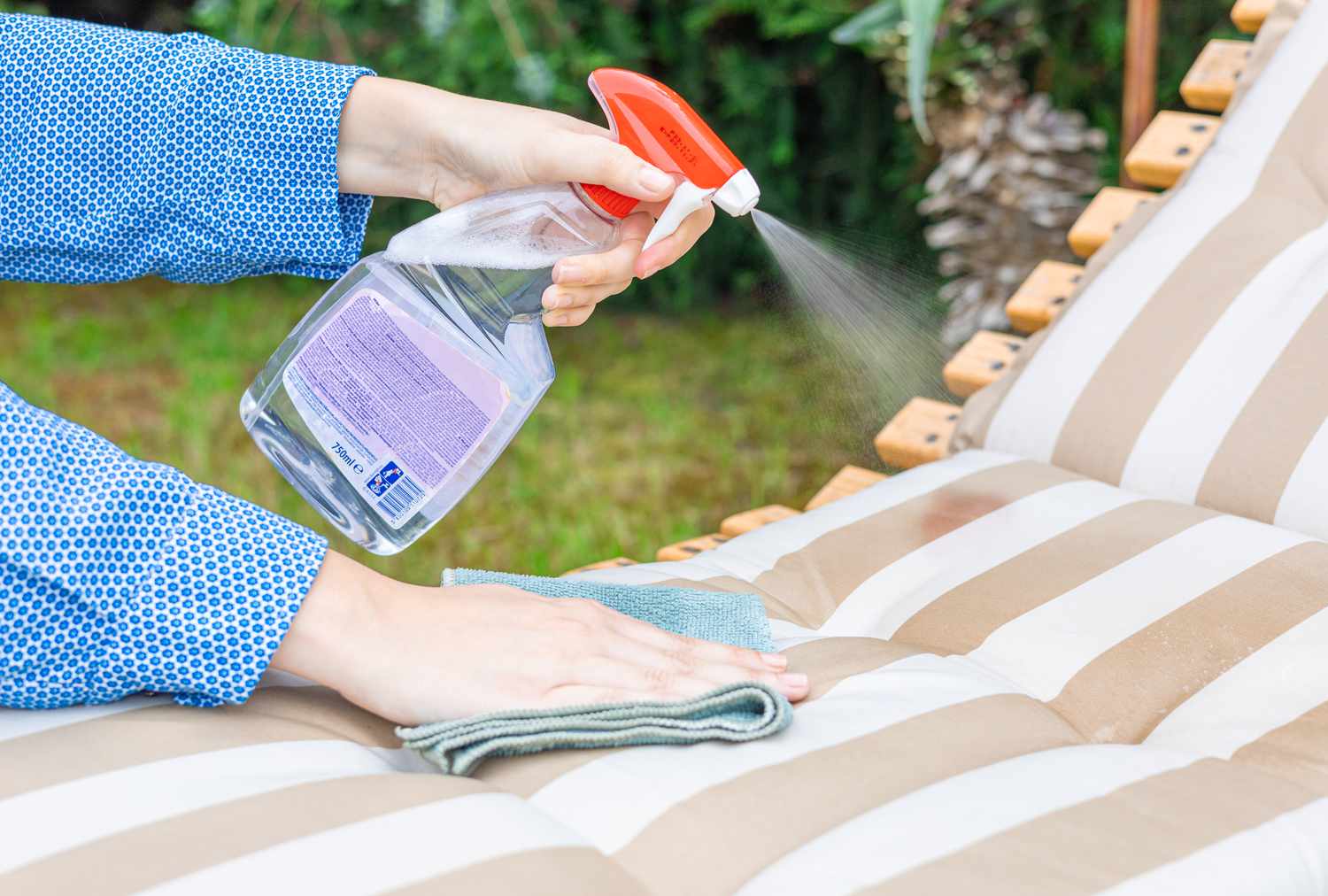
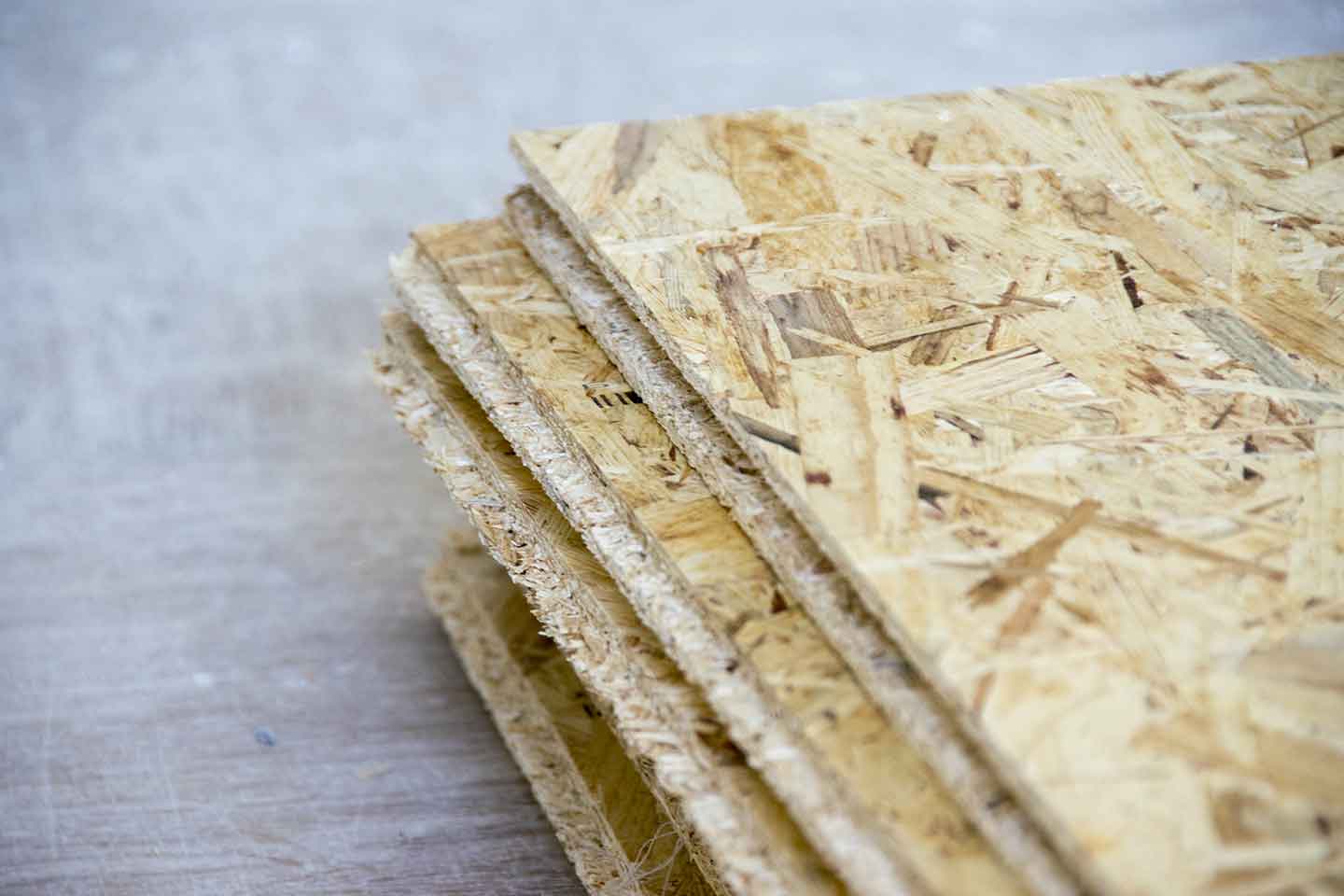
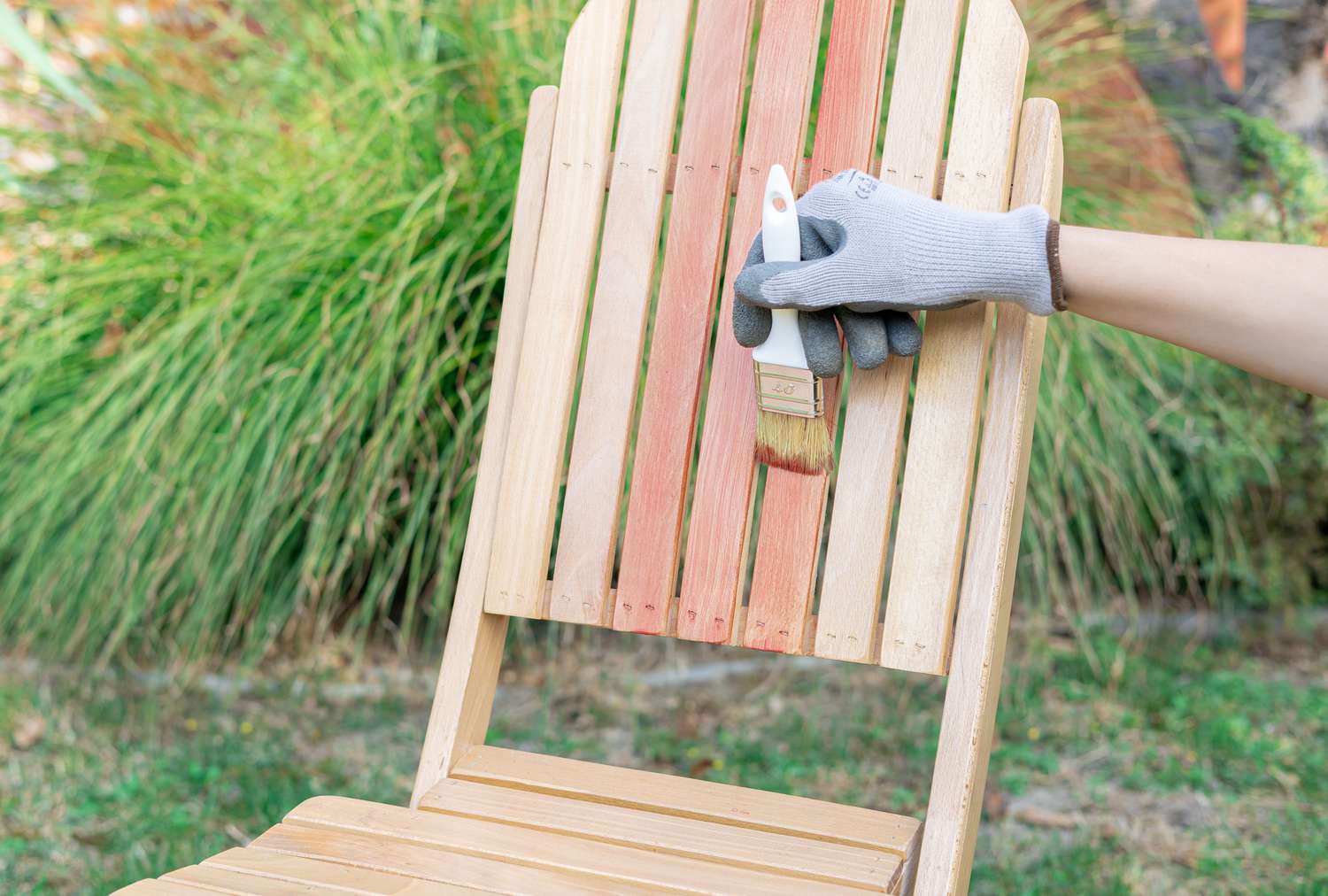
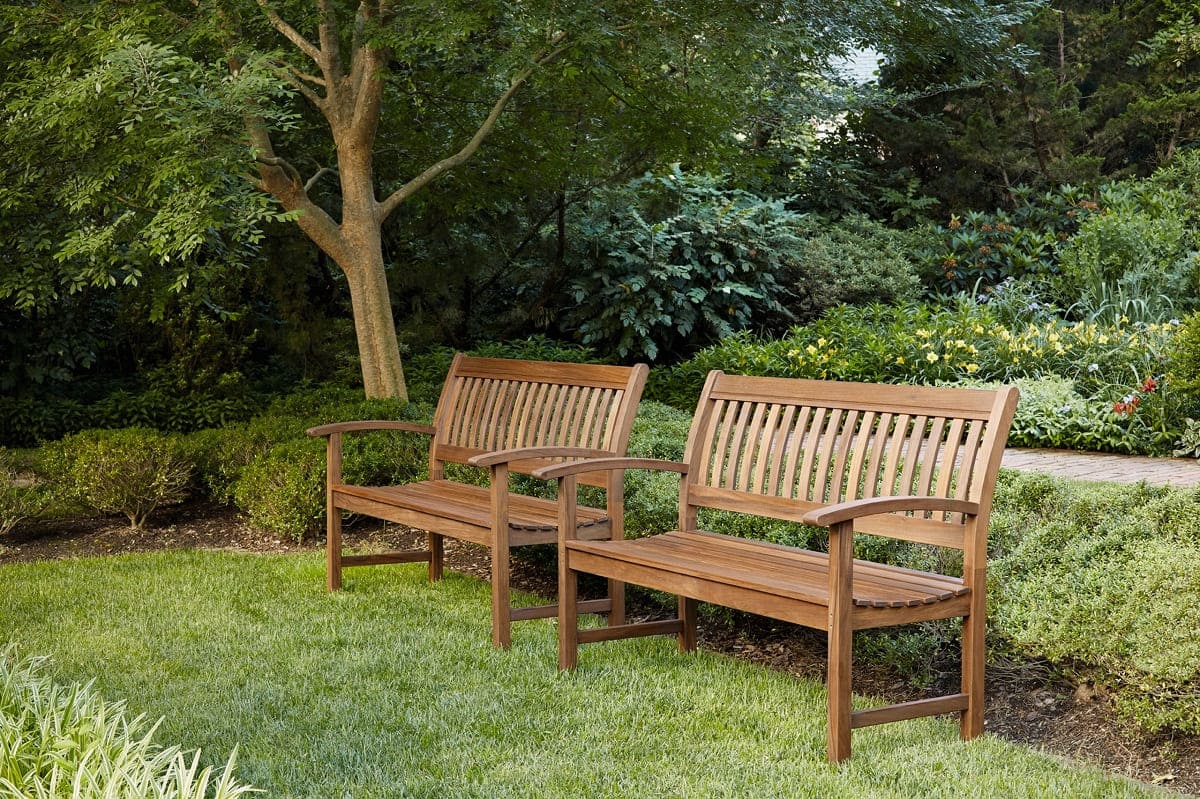
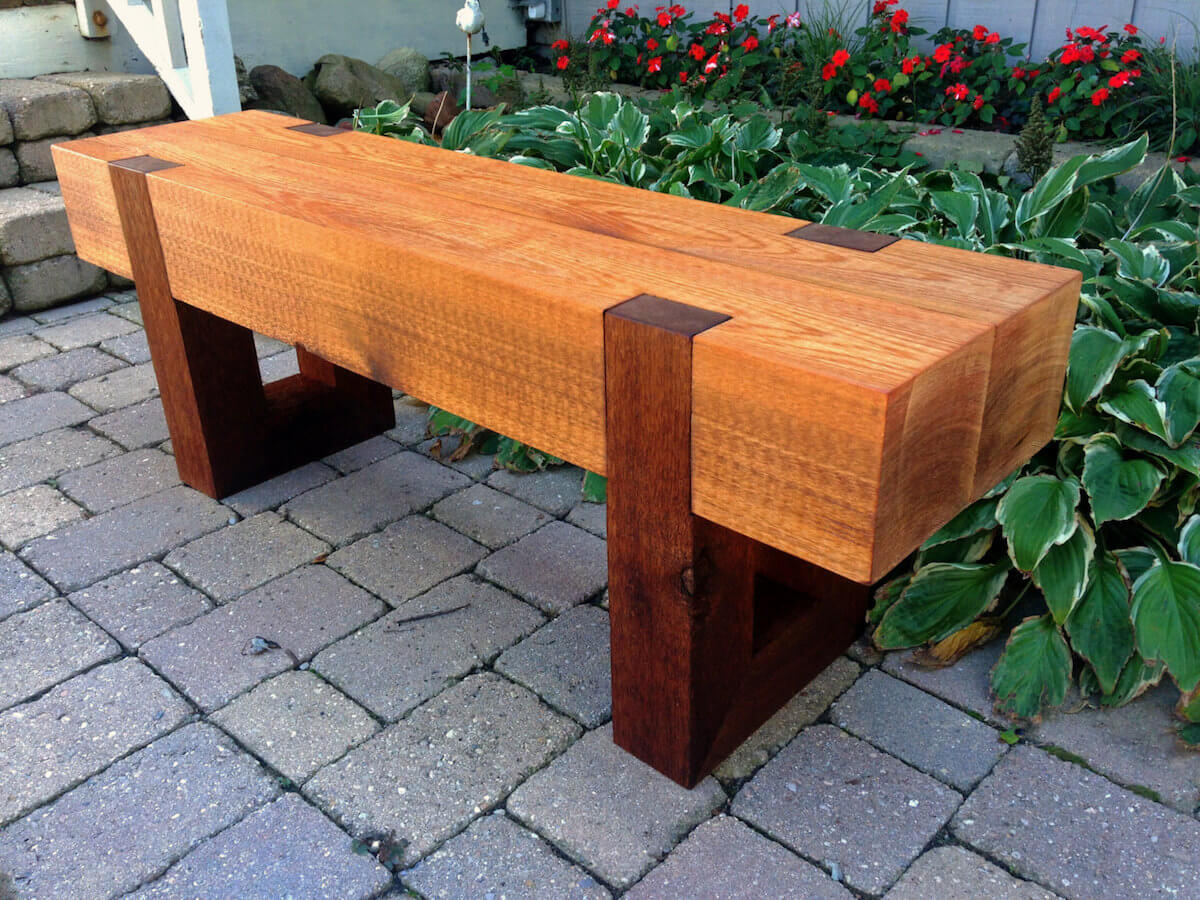

0 thoughts on “How To Treat Untreated Wood For Outdoor Use”